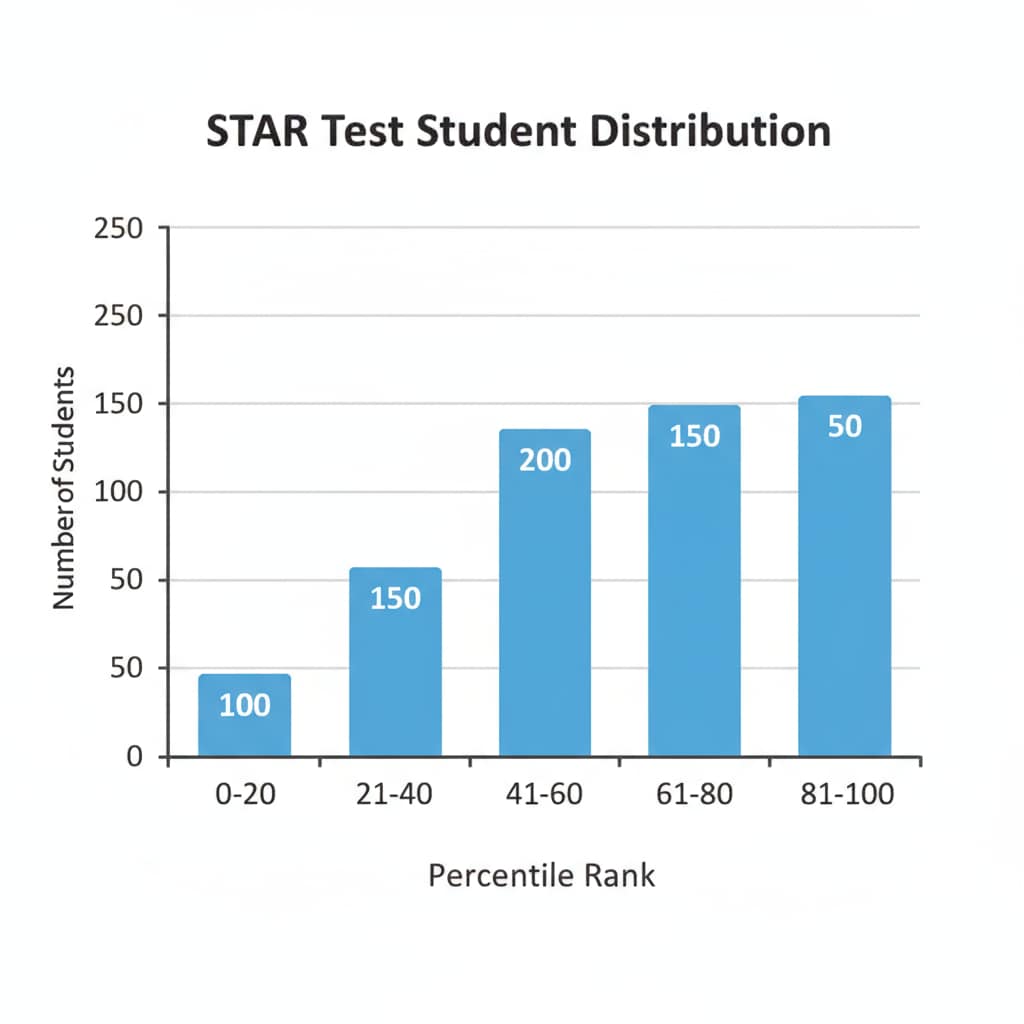STAR Test, Percentile Rank, and Academic Assessment are integral parts of understanding a student’s academic progress. In today’s educational landscape, standardized tests like the STAR Test have become a cornerstone for evaluating a child’s learning. However, parents often find themselves confused about what these test scores truly mean. Let’s dive in and uncover the truth behind the numbers.

The Basics of STAR Test
The STAR Test, or the Standardized Testing and Reporting Test, is a widely used assessment tool in many educational institutions. It aims to measure a student’s academic performance in various subjects such as reading, mathematics, and language arts. The test is designed to provide educators and parents with insights into a student’s strengths and weaknesses. For example, it can show which areas a student is excelling in and which ones need improvement. According to Education.com, the STAR Test is adaptive, meaning that the questions adjust based on the student’s responses. This ensures that the test accurately gauges the student’s ability level.
Understanding Percentile Rank
Percentile rank is a crucial aspect of interpreting STAR Test results. It indicates the percentage of students in a particular group who scored equal to or lower than a given student. For instance, if a student has a percentile rank of 80 in reading, it means they scored better than 80% of the students in the comparison group. This ranking system helps parents and educators place a student’s performance within a broader context. As explained on ThoughtCo, percentile rank is not the same as a percentage score. It’s a relative measure that gives an idea of how well a student is performing compared to their peers.

The significance of percentile rank lies in its ability to provide a clear picture of a student’s standing. High percentile rankings can be an indication of strong academic performance, but it’s important not to solely rely on this number. There are other factors at play, such as the quality of teaching, the student’s learning environment, and their individual learning style.
The Credibility of STAR Test Scores
While the STAR Test is a valuable assessment tool, its credibility has been a subject of debate. On one hand, the test is designed to be standardized, ensuring that all students are evaluated under the same conditions. This standardization allows for a fair comparison of student performance across different schools and districts. However, critics argue that standardized tests like the STAR Test may not fully capture a student’s true abilities. For example, a student who is a slow test-taker may not perform to their full potential due to time constraints.
In addition, the STAR Test may not account for the diverse learning needs and styles of students. Some students may excel in hands-on learning environments but struggle with the format of a standardized test. Therefore, it’s essential to view STAR Test scores as just one piece of the puzzle when assessing a student’s academic capabilities.
The Assessment Value of STAR Test
Despite its limitations, the STAR Test has significant assessment value. It can help educators identify areas where students are struggling and design targeted interventions. For example, if a large number of students in a class perform poorly in a particular math concept on the STAR Test, the teacher can focus on providing additional instruction in that area.
For parents, the STAR Test results can be a starting point for discussions with teachers. It can give them an idea of how their child is performing compared to their peers and what areas need more attention at home. Moreover, the test results can be used to track a student’s progress over time, showing whether they are improving or regressing in their academic skills.
Readability guidance: As we’ve seen, understanding the STAR Test, percentile rank, and academic assessment is crucial for parents and educators. By recognizing the credibility and assessment value of these elements, we can make more informed decisions about a student’s education. It’s important to use these tools in conjunction with other forms of assessment to get a comprehensive view of a student’s learning journey. We should also remember that every student is unique, and test scores are just one aspect of their academic performance. However, they can provide valuable insights that can help shape a more effective educational experience.


